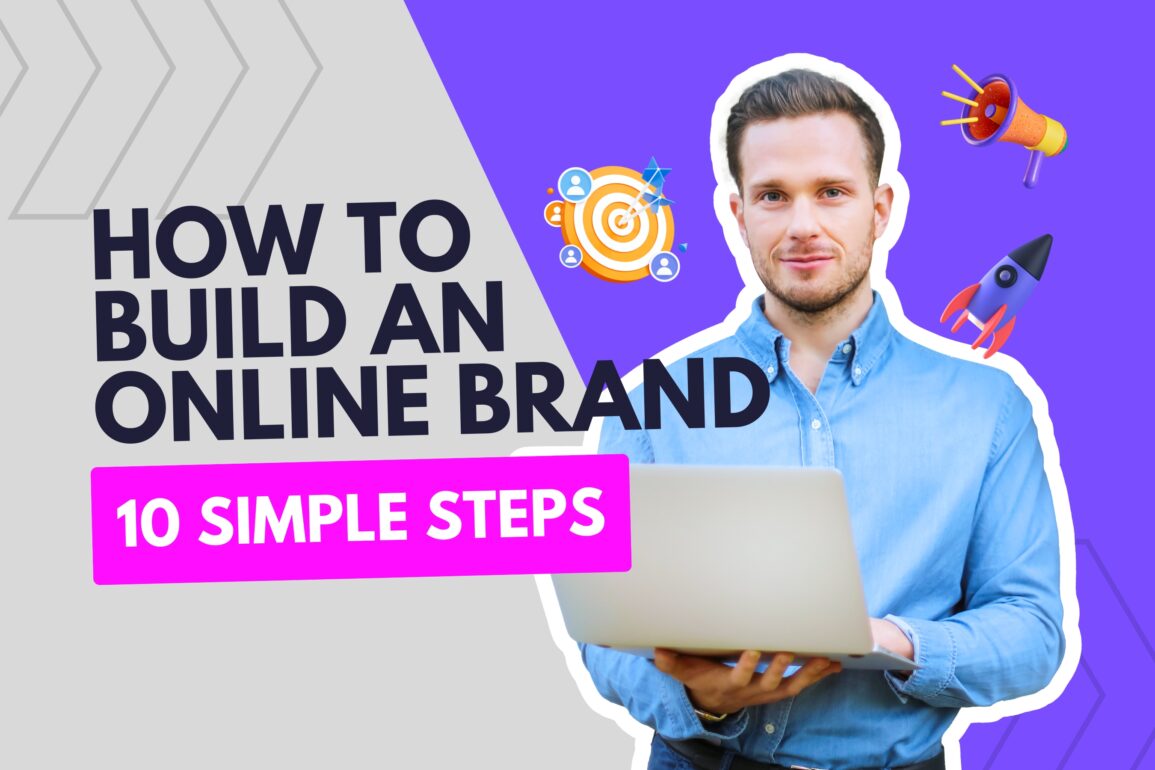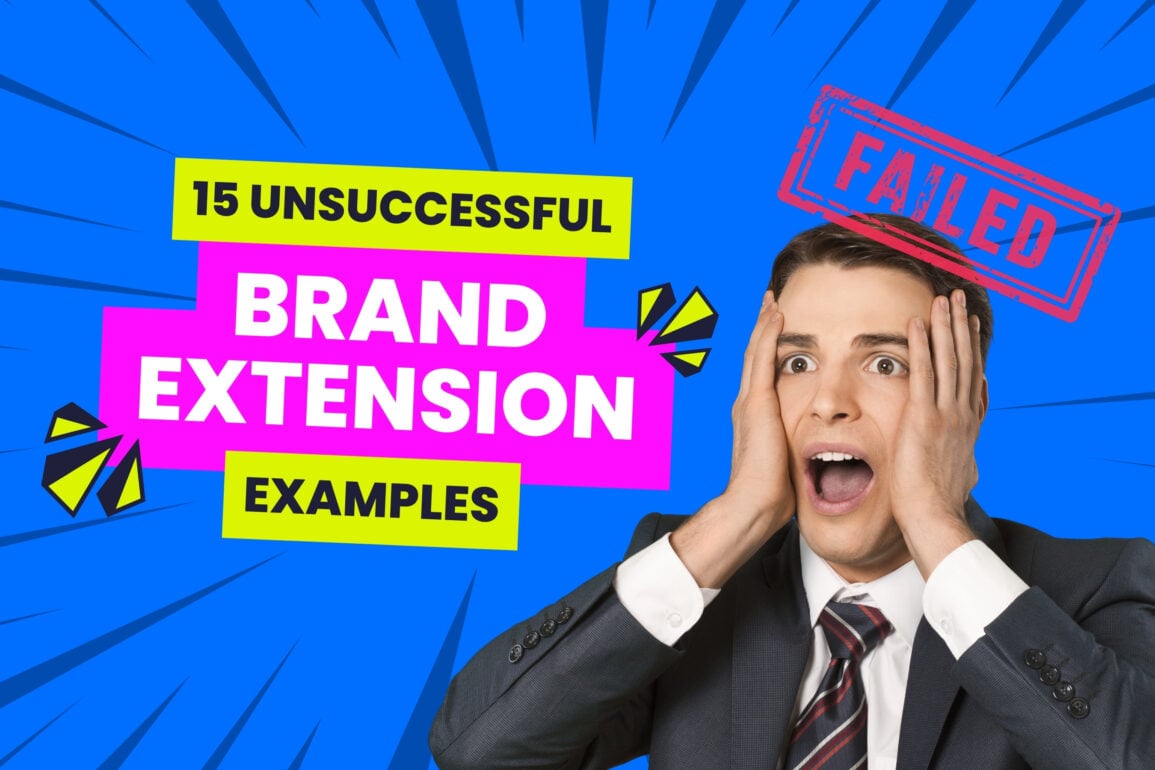What is a virtuous cycle? Using a virtuous cycle in business

What is a virtuous cycle, and why is it such a beneficial concept for businesses to embrace? The definition of “virtuous cycle” sounds a little complex at first, describing a repeating sequence of “positive” connected events, but it’s actually much simpler than it seems.
You’re probably already familiar with the concept of a “vicious cycle”. This is what happens when a negative event sets off a chain reaction of actions which circle back around to the original issue.
For instance, people who are unhappy or depressed because of their weight might eat junk food for comfort. While the food might offer a short-term dopamine boost, it can also lead to more weight gain, more unhappiness, and more comfort eating, so the cycle continues.
A virtuous cycle follows a similar pattern, but the focus is positive, rather than negative. For example, if you wanted to lose weight and started exercising more, your energy levels would improve, encouraging more exercise, and greater weight loss.
So, how does all of this connect to the business world?
Virtuous circle or cycle? Definition of a virtuous cycle
Before we define “virtuous cycle”, it’s worth determining whether this is actually the correct term. You may hear or see the phrase “virtuous circle” from a number of companies and publications too.
In fact, even the Merriam Webster dictionary uses the word “circle”. However, the most commonly accepted term is “cycle”. Though you can use the two interchangeably.
A virtuous cycle, or “circle” if you prefer refers to a chain of events, in which a beneficial action leads to various desirable outcomes in a repeating pattern. The result is a consistent process of improvement.
For instance, good customer service > happy customers > business growth > increased budget for employee training > better customer service, and so on.
In the economic world, professionals use the term “vicious cycle” to refer to chains of events which negatively impact the economy. High unemployment levels lead to lower spending, lower profit margins, hiring freezes, layoffs, and even higher unemployment.
A virtuous cycle would be the opposite when high employment and strong wages stimulate business and economic growth.
In the business world, the virtuous cycle business model is common among startups looking to accelerate growth. Companies use excellent marketing and branding strategies to attract more customers, generate higher budgets, and invest further in their branding campaigns.
The overall goal is to create a sustainable path for development, growth, and new opportunities. The key to success is figuring out what action can begin a virtuous cycle.

The virtuous cycle business model: Amazon
The definition of a virtuous cycle is often credited to Amazon and Jeff Bezos, who sketched the idea on the back of a napkin, according to some reports. Bezos named the idea the “virtuous cycle”, and highlighted exceptional customer experience as the first stage in the journey.
According to Bezos, excellent experience attracts more customers. More customers on the Amazon platform attracts higher numbers of third-party sellers, leading to a better product selection. Greater product choice lowers the cost of innovation, and boosts business profits.
Increased business profits make it easier for Amazon to invest in customer service strategies like next-day delivery and rapid customer support to keep the cycle going.
Bezos believed feeding any part of the virtuous cycle in his business accelerated the rest of the loop, which led him to building one of the most successful companies in existence.
The strategy implemented by Bezos also made it extremely difficult to compete with Amazon on a customer experience level. This has helped the company to essentially own the market.
How companies can use a virtuous cycle
At its core, the concept of the virtuous cycle is relatively easy to understand. You start with a positive action intended to generate a positive response. Each stage in the cycle increases the benefit of the next, until you eventually create a loop of consistent growth.
Some people also refer to this concept as the “snowball effect”, where one idea is consistently enhanced and improved by various following actions.
Using a virtuous cycle in your own business means figuring out what works for your company’s growth. For Amazon, the heart of the virtuous cycle was the commitment to excellent customer service.
For companies like Apple, the focus is innovation and constant development.
In many cases, the catalyst point of your virtuous cycle will tie back to your USP as a company, and what you use to differentiate your brand from other businesses. You double down on what makes customers want to connect with your company, and continue taking steps to strengthen the USP.
Implementing a virtuous cycle also means being able to look at the bigger picture of every action you take.
If your overall goal is to improve customer service (and therefore attract more customers), you’d need to think about what aspects of service matter most to your audience, from quick delivery speeds to product choice (in the case of Amazon)
The risk is some companies focus too much on the wrong things with their virtuous cycle. They get caught up on factors which don’t matter as much to their audience as they think, and push too much budget into the wrong strategies.

Virtuous cycle example: Understanding virtuous cycles
If you’re struggling to understand how this business model might work, taking a closer look at a virtuous cycle example or two might help. The most common example referenced is Amazon, but there are plenty of other examples out there.
Look at the Google app store for instance. The more users active on the “Play” store, the more attractive it becomes to developers.
The more companies publish apps on the store, the more customers will visit it and download those applications, this becomes a feedback loop which leads to a huge community of developers and users.
Google also invests in this virtuous cycle by making it easier for developers to enter the platform, creating toolkits and SDKs which allow anyone to submit a high-quality app to the ecosystem.
Oracle is another great example. The company runs a program dedicated to boosting start-up development, with mentorship, cloud credits, pricing discounts, marketing support, and customer resources.
The objective is to help startups sell their data as an additional source of revenue.
Oracle does this because its work helps to drive innovation, which leads to the development of new, bigger companies, who want to contribute back to Oracle, invest in the business, and help it grow. It’s a circle of constant innovation.
Even smaller companies can benefit from virtuous cycles. Lush, the eco-friendly health and beauty company, invests heavily in making its products sustainable and safe.
This attracts a higher number of customers ready to pay more for products sharing their values. The more the customers pay, the more Lush invests in additional initiatives to demonstrate its green focus.
The power of the virtuous cycle
Hopefully, this article has given you a good answer to the question, “what is a virtuous cycle?”
Ultimately, a virtuous cycle is one of the most powerful tools or business models a company can use to pave the way for consistent growth. It focuses on generating new opportunities for your business through positive actions which benefit both your company, and the people you serve.
With the right focus, a virtuous cycle can help you to capture the attention of your target audience, and strengthen the foundations of your business, so you can continue to outshine the competition. All you need to do is decide where your cycle begins.
Fabrik: A branding agency for our times.
















